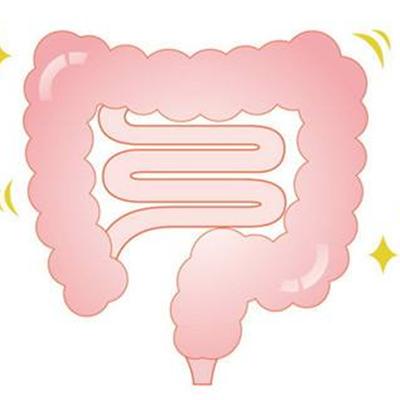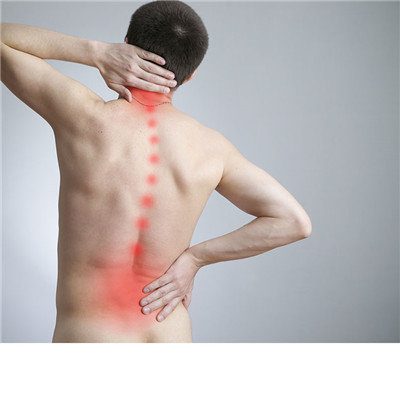How to diagnose Parkinson's disease
summary
Middle aged and elderly people are also very easy to suffer from Parkinson's disease. The second eldest brother next door is a patient with Parkinson's disease. When he gets older, his brain degenerates, and now his hands and feet are shaking. Let's tell you how to diagnose Parkinson's disease!
How to diagnose Parkinson's disease
First of all: the diagnosis of Parkinson's disease depends on the symptoms. Most of the Parkinson's patients are in the middle-aged and old people, and a few young people have the disease. It is not obvious at the beginning of the disease, and it will gradually aggravate after development. The first tremor occurs, that is, when the fingers move like counting money, and when watching TV or talking with others, the limbs will tremble involuntarily.
Secondly: the patient's body loses its softness and becomes very stiff. In the early stage, you will feel that one limb is inflexible and slow, and even it is difficult to do some daily activities. When you pick up the patient's arm or leg and help him move his joints, you will feel that his limbs are particularly stiff.
Finally: the movement will become slow, the patient's hands can not do fine movements, such as tying shoelaces, button, the movement will become slow, difficult, or can not be completed smoothly at all, writing is also a curved handwriting, the smaller the writing, the less facial activity, the patient rarely blinks, the expression becomes particularly rigid.
matters needing attention
For the middle-aged and old people, we must pay special attention to find that they or their family members are abnormal. We must go to the hospital for examination in time. The doctor will make a diagnosis according to the examination results and give timely symptomatic treatment. It can be treated with medicine, surgery and diet.











